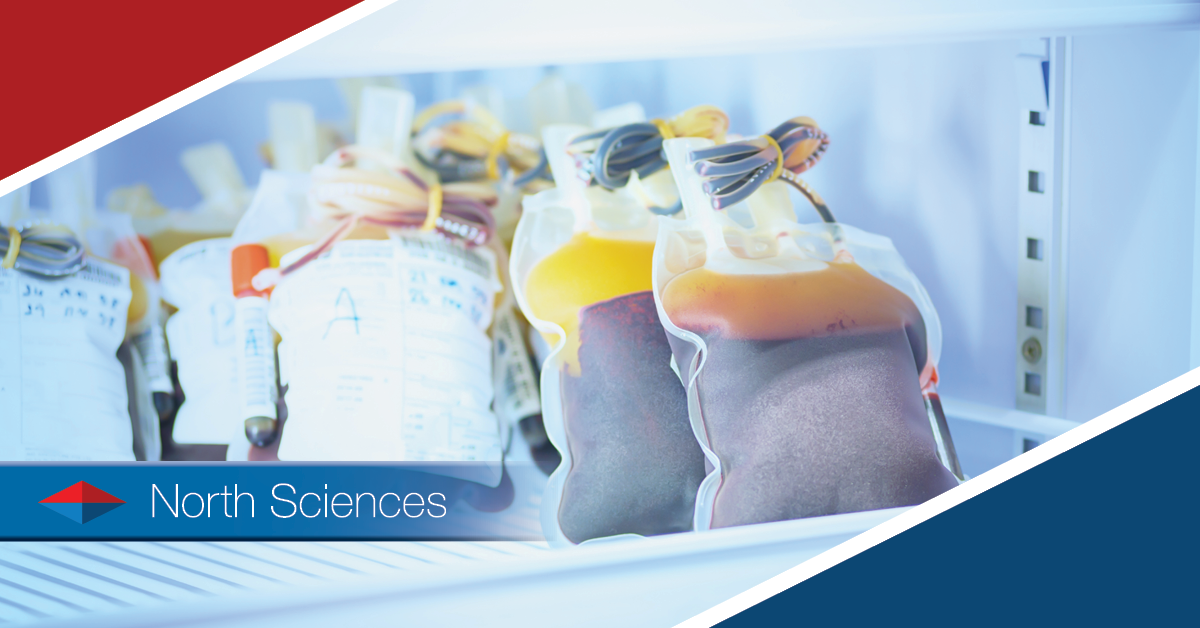Building a Biobank and Avoiding Sample Loss

A biobank is a collection of biological samples and the data associated with them. The samples usually originate from humans and can include tissue samples, blood, and bodily fluids. Biobanks are highly valuable tools in medical and health research.
Samples in biobanks are often cryopreserved to make sure they remain viable for several years. Ultra low temperature (ULT) freezers are often used for this purpose as well as liquid nitrogen tanks. These can provide the necessary temperatures for cryopreservation (usually in the range of -70ºC to -196ºC).
Biobanks need to be kept at low temperatures to preserve the samples for as long as possible. Losing samples to temperature fluctuations or damage from the freezing process can be costly. Additionally, sample losses may delay the progress of research.
For this reason, ensuring the integrity of samples to be stored in a biobank is key.
Sample collection
First of all, consent must be obtained from individuals before collecting tissue samples from them. It is a violation of research ethics to obtain any biological sample from a human being without consent.
Then, the sample is collected, and health information is gathered from the patient. This information is crucial for downstream applications of the biological sample. For instance, a blood sample from a patient who has diabetes mellitus type II will be useful for diabetes-related research down the line.
The information is then stored in a database, and it is linked to the biological sample, which is stored in either a ULT freezer or a liquid nitrogen vessel. Several samples of similar tissues from individuals of different health backgrounds can be pooled in one freezer. Also, various tissue samples from a single individual may be grouped together.
For easier identification and retrieval of samples, they must be carefully labeled, and the electronic database must include the precise storage location of each sample. Some biobanks utilize a barcoding system to easily monitor samples going in and out.
Avoiding sample loss
When dealing with cryopreserved biological material, sample loss is always a risk. Samples may be damaged by the freezing process if they are not properly prepared. Also, repeated freeze-thaw cycles can cause samples to deteriorate, rendering them unusable for downstream applications.
To avoid costly sample losses, appropriate measures must be taken to ensure samples remain safe during freezing, transport, and processing. One method is to use cryoprotectants before loading samples into ULT freezers. Another is to prepare aliquots of samples so that only a few aliquots are taken as needed. Other portions will remain in the freezer, avoiding potentially damaging freeze-thaw cycles.
Freezers must be regularly inspected to ensure they are producing the proper temperatures. Even slight variations in temperature can degrade the quality of cryopreserved samples. Freezers must be able to maintain consistent temperatures at all times in a biobank.
Finally, a backup storage plan must be established in case of freezer failure. This way, samples housed in the damaged freezer will not be thawed to the point of damage.


